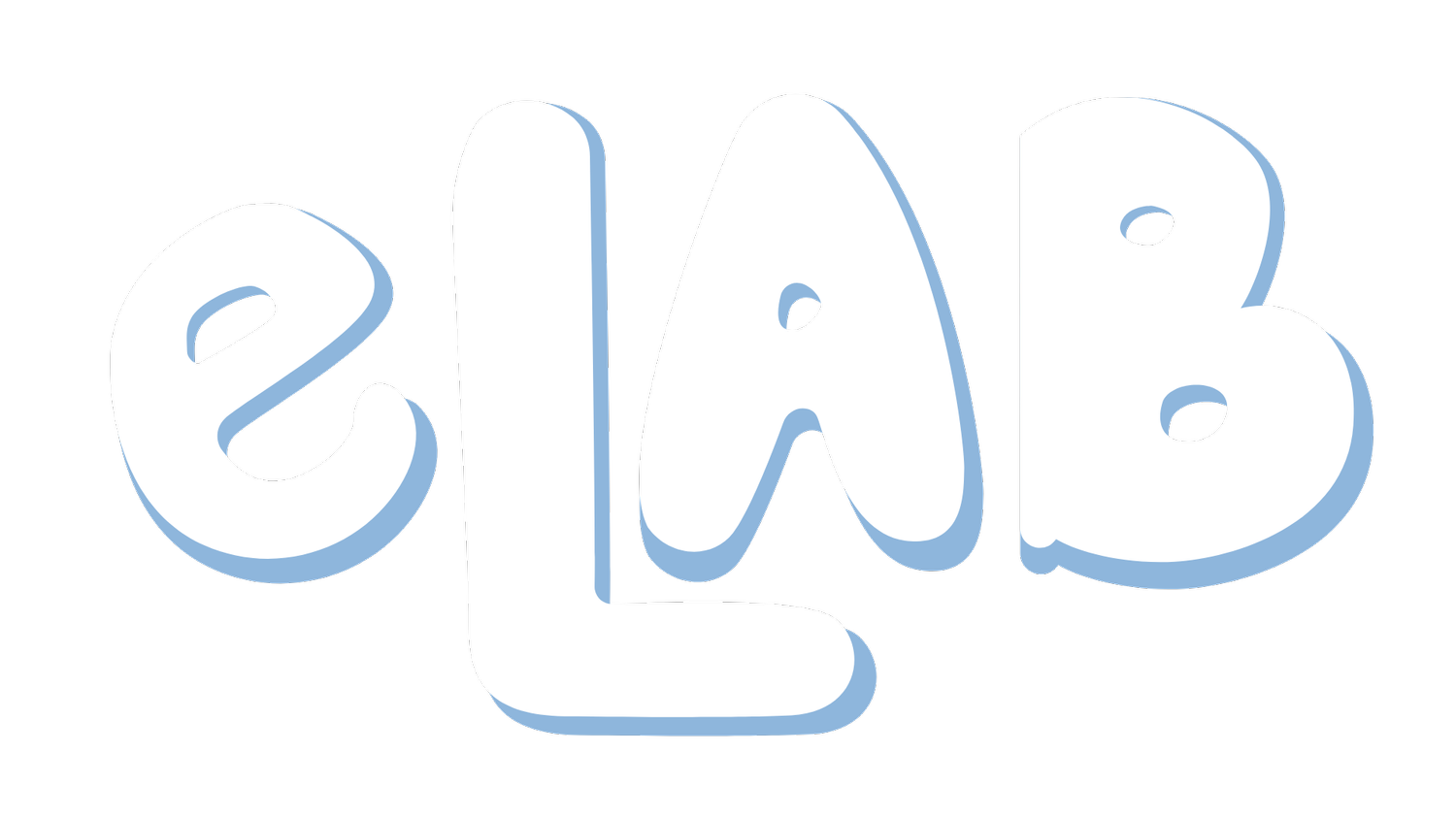
Future of Work
Upskilling, Reskilling, and Workforce Development
With tertiary education enrollment and attainment rates at less than 45% in the US, upskilling and workforce development efforts are bridging the gap. Upskilling can take on many different forms, but generally refers to providing employees, entrepreneurs, or gig workers with the skills and tools they need to advance in their career trajectories.
Today, more employers and educational institutions are adopting technology for upskilling than ever before and advances in technology are helping create a more level playing field for workforce development opportunities. The scale provided by technology enables workers to learn from anywhere, connect more seamlessly, and receive personalized education.
One of the key challenges with upskilling is that workers do not have equal access to development opportunities, which can increase productivity and wages. For example, higher earners tend to have access to high quality, selective, and brand-recognized programs, and they are more likely to have available time for studying, while low earners typically do not have as much access to these same opportunities. Even if a company offers their low-earners a free online course (i.e. a MOOC), not all workers have the time, childcare support, energy after long shifts, or even internet access to take such courses at the duration required for completion. The bottom line is that we need solutions that offer equal accessibility and meet workers where they are. In this Spotlight, we’ll highlight some innovative upskilling and workforce development solutions that exist today to help people advance in their careers, with a particular focus on underserved populations (low earners, minorities, women in the workforce, new job entrants, etc).
The Role and Promise of Technology
The market potential for upskilling technologies is substantial—LinkedIn reports that 46% of learning and development professionals say upskilling and reskilling is a top focus area in 2022. By some estimates, the global market size might be more than $370 billion considering many employers spend an average of $1,300 per employee annually on continuing education. A core component of successful upskilling technologies is the increased access to real-time learning outcomes. When employers better understand the comprehensive skill sets of their workers in real-time they can make better decisions about not only who to train and on what topics but also what business strategies they can successfully endeavor today versus what skills they need to train or hire for in the future.In the future, technology could enable a better learner experience with behavioral nudges and videos along the learning journey, artificial intelligence or virtual reality to improve one-on-one coaching, and natural language processing to track time spent talking versus listening in meetings. Today, however, systems and processes in the workplace are not always designed to bring the best out of people, but emerging technologies and ideas will allow us to improve upon these systems.
Meet the Entrepreneurs
We sat down with a group of entrepreneurs who are actively working to tackle the many issues connected to the future of upskilling and workforce development. This is who they are and why they do what they do (interviews have been edited for clarity and brevity):Chris Motley
Chris is Founder and CEO of Mentor Spaces, a community-driven mentorship platform designed to help companies scale DEI efforts while advancing the careers of underrepresented talent.Why are you passionate about workforce development?
I worked at Goldman Sachs in trading, but decided to leave finance in order to provide better opportunities for people. I [became interested] in how to use technology to remove barriers that young People of Color face in accessing careers, mentorship, or even starting conversations with people who are different from them. What is the role of technology today?
At Mentor Spaces, technology can drive the scale of impact and efficiency as well as be an account of record when helping organizations build and retain a pipeline of talent.
Technology entrepreneurs have many stakeholders, and the buyer is not always the same person as the user. Buyers are often risk averse, but Covid-19 has made more people open to technology in the space.
While there are multiple problems in the tech ecosystem, the core of [the solution] is helping companies build more diverse pipelines and retain these people, build social capital, and serve underrepresented minorities to sustainably engage with their communities.What do you expect to see in the future in this space?
We are in the 4th industrial revolution that is focused on AI, cloud computing, big data, etc, but the incentives for companies need to change—the structure of business and society as a whole is reflective of an industrial economy. The former model, where training was paid by the employer and pensions were offered, has deteriorated. Nonprofits get funding, but don’t have the resources and tech to scale; we [mostly] get our innovation from VCs who don’t have the same lived experience of their users. On the positive side, I’m [seeing] a trend of people working together more closely than they ever have before. In edtech, there is a natural desire for investing in infrastructure that [aids] collaboration, [which brings about] new forms of innovation and collaboration. New programs such as eLab by Columbia University and the TechStars Workforce Development Accelerator will continue to fuel growth and innovation.Ahva Sadeghi
Ahva is Co-Founder & CEO of Symba, an all-female founded all-in-one internship management platform that helps employers streamline, track key metrics and build community in their programs.Why are you passionate about workforce development?
Workforce development has had a direct impact in my career and professional development; it means creating equitable access to jobs and economic mobility. I was the first remote intern for the state department; I did 6 more [internships], and these opportunities unlocked new career potential for me with the support of mentors. I wanted to help others have access to these same types of jobs and created Symba as a part of my social impact project with late Congressman John Lewis in Atlanta.
Internships have this notion of being a ‘feel good’ [endeavor] and not necessarily strategic. We are redefining what early career means and helping employers champion their diversity recruiting efforts from the ground up.What is the role of technology today?
We are using technology to combine program management and data analytics to help employers improve their workforce development programs and make smarter hiring decisions. CHRO/People Officers want to invest in their diversity pipelines and make strategic hiring choices, university recruiters want to drive efficiencies, and interns and apprentices want meaningful career experiences. Our all-in-one platform helps employers scale their initiatives and double down on their early career initiatives by over 500%. What do you expect to see in the future in this space?
I’m optimistic that experiential learning opportunities are on the rise and employers will continue to realize their long-term value. However, a lot needs to change in terms of equity and access. There is an [entrenched] cycle of economic mobility for people that [improves] with access to education and key workforce development opportunities. We need to rethink how we do workforce planning and how we think about candidacy for employment Given the current landscape of labor shortages, this is a pivotal moment for employers to invest more resources into this space.Sophie Smallwood
Sophie is CEO of Roleshare, a company that brings the sharing economy to jobs to enable a sustainable, diverse, and equitable workforce. Roleshare’s platform matches fractional employees to job share opportunities. By enabling job share, Sophie Smallwood and team aim to increase the diversity of talent in mid-senior roles.Why are you passionate about workforce development?
I used to work in advertising in LA, and through volunteering, I met a woman who was a board member of a charity, a mother to young twins, and a director at her advertising firm. I asked her, “how do you balance it all?” She told me that she split this director-level role with someone else, and that a lot of things had to align for her to be able to do this. I thought, despite the fact that we all have diverse interests and passions, there was no platform that tried to make job sharing easy.What is the role of technology today?
At Roleshare, we use tech to scale matching and connections between fractional professionals looking for job share opportunities. We want to help enable equitable opportunities in the workforce, retain and redeploy existing employees that don’t fit the traditional working model, giving them access to senior/impactful roles, and increase diversity of talent into mid senior roles. What do you expect to see in the future in this space?
There is still a lot of legacy thinking from the industrial revolution days in terms of how we think about work culture. I think that the future of the workplace is going to be employee-led. We need to adapt to a diminishing full time workforce; it’s going to be less about exclusive access to talent and employees, and more about creating a shared talent ecosystem.
I believe the future of workforce development will be employee-led with more mutual accountability and the application of web3 and DAOs to enable autonomous organizations. Organizations will need to shift how they access talent and accommodate learning as we adapt to a less full-time and more fractional workforce. Employees will increasingly have portfolio careers with multiple sources of income and the use of talent ecosystems will impact how and when people learn and grow in their careers.Jessica Rothenberg-Aalami
Jessica is CEO and founder of Cell-Ed, a flexible microlearning platform proven effective to teach, nudge, and coach essential skills over mobile—including without the internet. Cell-Ed aims to use technology to bridge the gap of functional literacy to provide better life, work, and health outcomes for all. Why are you passionate about workforce development?
After attending a dozen public schools across the US as a young person, I viewed education as a system that you needed to learn how to decode and decipher—and if you could, it was one that could help youthrive and realize your dreams. In the US, however, education is not equitable or fair, and [this is what] I wanted to address at Cell-Ed.What is the role of technology today?
It’s hard being a young person or an adult—it’s even harder to navigate work with low functional literacy. This gap prevents one in three people from accessing opportunities and building their dynamic path. If the tech sector would focus innovation on our greatest challenges - lack of access to food, shelter, and dignity in work for the world’s majority - we could actual serve the majority workforce - and alleviate poverty.
Technology also does not have to be the most sophisticated to solve daunting problems and even today, a basic mobile phone has the power to connect one to essentials skills and services - and even change systems. We just need to do a better job designing and co-creating solutions with these users at the center.What do you expect to see in the future in this space?
We’re living in a time of insecurity: how can people perform in their jobs if they don’t feel safe? People need opportunities to perform, and so the near future [of this industry] must be focused on sustainable [technological] design that supports radical changes - and the majority of people’s needs. Let’s be bold. Tania Luna
Tania is co-founder and chair at LifeLabs Learning, a company that helps managers and teams at over 2,000 companies develop the most important behaviors of leadership and inclusion, fast.Why are you passionate about workforce development?
I fell in love with workplace skill-building when I taught organizational psychology at a city university, where my classes were filled with first-generation college students, immigrants, and individuals with marginalized identities. Their final assignment was to consult with a real company, and they looked forward to this opportunity all semester long. But something strange happened as soon as they set foot inside the corporate offices of these “clients”: they shrunk away as though they had nothing to add, even though they were brilliant and outspoken in class.
It helped me see that a major gap exists in people’s access to leadership and people skills that make employees both fit in and stand out in the workplace. I’ve also learned that even equipping individuals with privileged backgrounds with these skills benefits and lifts up everyone around them. When managers are effective, they catalyze their team’s confidence, competence, and even compassion. These skills then tip over into everyday life.What is the role of technology today?
I think it’s important to remember that technology is a tactic and not a strategy. It is a means to an end. So, we first have to understand what we want to achieve or the skills we want to help build, then ask how technology can help us get there. For example, tech can help increase learning retention, but only if we use it in accordance with learning psychology (e.g., by following forgetting curve research vs. by sending random nudges that learners start to see as spam).
In particular, I’m excited to see technology aid practice (i.e., getting “reps in” without relying on another person’s availability), social learning and peer community-building, tailoring learning to the individual, assessing skill gaps and improvements, real-time feedback (e.g., an alert that tells people they’ve been talking too much), and, of course, providing worldwide accessibility.What do you expect to see in the future in this space?
Power is becoming increasingly distributed and leadership is becoming more of a fluid role than a fixed job. This shift means that more people will need to be strong collaborators, communicators, and leaders (with formal and informal authority). A lack of these core skills will become a major barrier to equity and inclusion at work and in society at large.
As AI takes on more responsibilities, we’ll also see a bigger push to help people build up the skills we are best poised to have: people skills!Steve Gilman
Steve is Co-Founder and CEO of OneRange, which delivers inspiring professional development opportunities to every employee. Range partners with technology companies, helping them retain and grow talent by enabling their workforce to discover and access any learning resource. Why are you passionate about workforce development?
My story is a kaleidoscope, and I’ve had a lot of different careers, but I’ve never been satisfied by the ways companies provide professional development [to their employees]. I’ve noticed a huge difference between what companies thought they invested in people and what people feel they are invested in. 41% of employees left their last organization because of lack of career or development opportunities, so I became focused on solving for professional development, given the huge disconnect between employees and management, and workers asking for upskilling.
There’s an affinity for [sending employees] to college programs, [but] tuition reimbursement is [mainly so that] employees can check off best places to work awards. How much of this education is actually being used [in the workplace]? No one has the answer, but [I believe] that [the reason] people leave or stay comes down to how you can expand their mind and give them potential to grow. When you invest in people you will, over time, see the investment [for your company].What is the role of technology today?
The value proposition of Range is to help save the time and headaches of senior leaders. These leaders are not upskilling themselves every day, so they often do not understand the developmental needs and wants of their workforces. Technology helps provide real-time people analytics and learning data to guide strategic professional development investments. What do you expect to see in the future in this space?
A critical challenge and opportunity for upskilling over the next 20 years will be measuring impact. When you invest in people over time you see the benefit, but it can be hard for executives to adopt a new learning or upskilling program if you can’t measure it in isolation. In comparison, the U.S. military does not measure learning and development performance of service members on a quarterly basis but the aim is to increase the budget and continuously attract recruits and retain them via upskilling.We are grateful to SFE for sponsoring this program.
















